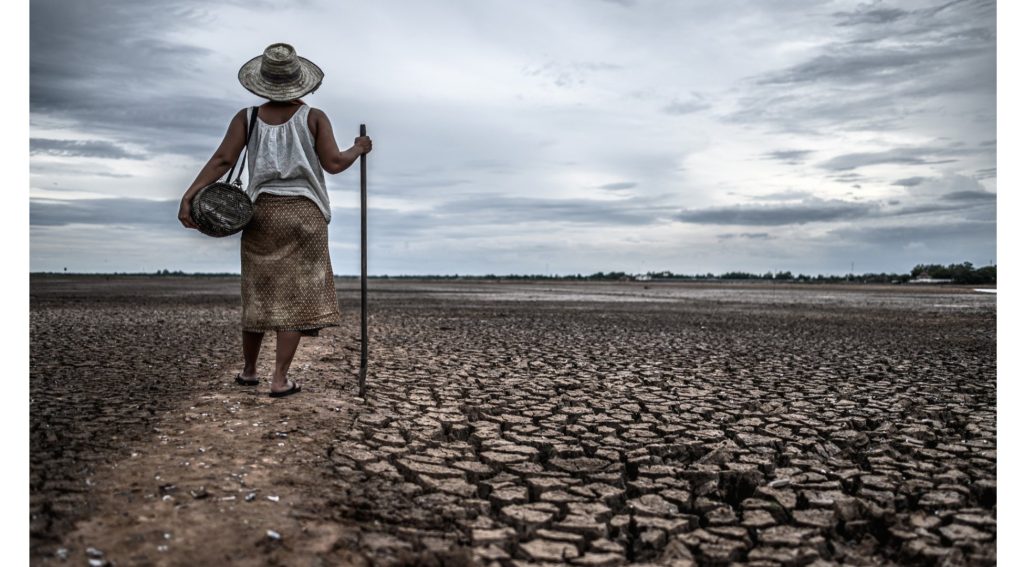From shocking to being the new normal, when did extreme weather events begin, and how did 45°C become just another summer day?
The intensity and frequency of extreme weather events such as heatwaves, heavy rainfall, and droughts have increased over the past few years.
The severe weather alerts issued by MET are a part of everyday life now. This year, some states have issued yellow alerts warning about heatwaves at the beginning of the summer itself. Is this just a prelude to the extensive heatwaves to expect this summer?
A couple of days back, EU Monitor reported March 2025 as the second hottest month globally, indicating the extraordinary extended heat streak. From July 2023, the temperature remained in the hotter trajectory. Officially, temperature rise has crossed the 1.5-degree mark in just 2 years.
While the scene in India is no different. The Indian Meteorological Department has a more than 50% probability of above-normal temperatures during the summer months of April, May, and June.
Western and east-central India witnessed 1-5 heatwave days during the month of March 2025. The mean monthly temperature was 25.5°C, above the 30-year (1991-2020) normal of 24.71°C. The average high temperature was 32.7°C and the average low temperature 18.3°C, higher than the 30-year normal of 31.70°C and 17.71°C, respectively.
The third week of April is pegged to experience more heatwaves in Northwest India, warns IMD. This time the temperature could rise between 4 and 6 degrees in the said period.
The end result—mounting pressure for the electricity value-chain companies. The peak daily demand for electricity in Mumbai, India’s financial center, exceeded 4000 MW in the first week of April. This is equivalent to the entire demand of smaller states in the country. The meteorological department’s alerts and India’s rising summer energy demand are anticipated to boost cooling demand.
As per a report released by Crisil, the demand for electricity has gone up 6.9% in March as the mercury climbed and demand from industrial and commercial consumers soared. Power demand rose to 6.9%, ~50% higher than the full-year average of 4.3%. In the Western region, power demand grew ~10% year-on-year as several regions in Gujarat witnessed six days of heatwave.
Power generation jumped 8% year-on-year to 161 billion units (BU) in March, in line with the power demand. However, the one-month performance was even better at ~13%.
Crisil predicts the power demand for Q1 of FY26 to rise 6.5-7.5% year-on-year vis-à-vis 11% in the previous fiscal.
Higher cooling requirements pushed peak power demand to 235 GW, an addition of 14 GW from the previous fiscal. The effects of this surge percolated to the short-term power market as well. The real-time market (RTM) volume surged 34% year-on-year to 3,727 million units (MU), while the day-ahead market (DAM) improved 19% to 5,547 MU. In March, IEX achieved the highest-ever monthly electricity traded volume of 11,215 MU, up 29% year-on-year.
The share of RTM in total electricity volume traded on the IEX rose to a high of 33%, compared with the average of ~24% recorded since its inception in June 2020 to March 2025. Despite the surge in volume, the average market clearing price for March 2025 remained stable at Rs 3.93/unit vis-a-vis Rs 3.91/unit due to an increase in power supply.
India’s reliance on coal-based power generation continues. Coal-based power generation rose 6.7% in March, and the fuel accounted for 75% of the total power output. This was followed by renewable energy (RE) with a share of 14%. Generation of hydro and nuclear energy contributed 6% and 3%, respectively.
Fiscal 2025 saw power demand grow 4.3% year-on-year with a CAGR of ~7.1% between fiscal 2022 and 2024.
As authorities scramble to meet soaring energy demands, the critical question lingers: Are we truly doing enough to halt rising temperatures? Humanity has a habit of panicking
From shocking to being the new normal, when did extreme weather events and how did 45°C became just another summer day?
in the moment—and being complacent once the crisis fades. Will we be able to break the cycle before it’s too late?










